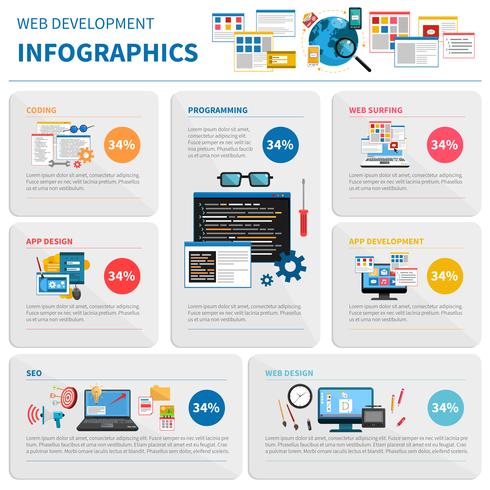Improve Your Internet Site'S User Experience And Pursue Design Quality With Our User-Friendly And User-Friendly Suggestions And Techniques
Improve Your Internet Site'S User Experience And Pursue Design Quality With Our User-Friendly And User-Friendly Suggestions And Techniques
Blog Article
Web Content Created By-Newman Qvist
Master the art of web design by concentrating on customer experience. Craft user-friendly navigating and opt for mobile optimization to enhance the browsing experience. Guarantee simple navigation with clear headings and attractive visuals. Prioritize mobile responsiveness for a regular individual experience. By integrating these important style concepts, you can develop an user-friendly site that astounds visitors.
Essential Style Principles
When designing a site, prioritize user experience most of all else. Your primary objective must be to create a smooth and pleasurable experience for your visitors. Beginning by guaranteeing that your web site is easy to browse. Usage clear headings, organized food selections, and instinctive switches to guide individuals with your content easily. Keep in mind, simpleness is crucial. https://www.digitaljournal.com/pr/experts-weigh-in-on-the-trends-shaping-the-future-of-digital-marketing cluttering your web pages with unneeded aspects that can overwhelm or puzzle your target market.
An additional necessary style concept is to ensure your web site is aesthetically appealing. Select a cohesive color design, top notch photos, and legible fonts to enhance the total look of your site. Uniformity is crucial in developing a strong brand identification and making your web site much more memorable to individuals.
In addition, focus on mobile responsiveness. With even more individuals searching the net on their smartphones and tablets, it's essential that your web site looks and works well on all devices. Examine Recommended Online site on various display sizes to ensure a seamless experience for all individuals. By concentrating on these necessary style concepts, you can create an easy to use website that keeps visitors returning for more.
User-Focused Navigation
To improve user engagement and improve their browsing experience, focus on developing user-friendly navigation paths that lead visitors effortlessly with your site. Clear and well-organized navigation is vital for helping users locate the details they need promptly and effectively. Beginning by maintaining your food selection structure simple and easy to understand. Use descriptive labels that clearly suggest what web content can be located under each food selection option. Furthermore, take into consideration executing dropdown food selections for subcategories to prevent congestion the major navigation bar.
One more vital facet of user-focused navigating is the use of breadcrumbs. Breadcrumbs are a second navigating help that shows users their existing place on the internet site and allows them to easily navigate back to previous web pages. This function is especially valuable for customers who enter your site via a deep link or a search engine result.
Additionally, integrating search capability prominently on your website can even more improve individual navigation. A search bar permits users to promptly find particular content without needing to click with numerous pages. Ensure that your search bar is conveniently noticeable and easily accessible on every web page of your website for optimum functionality. By prioritizing user-focused navigating strategies, you can create a much more user-friendly and delightful surfing experience for your visitors.
Mobile Optimization Techniques
Consider maximizing your website for mobile phones to make certain a smooth individual experience throughout various display sizes. relationship to search engine optimization is important in today's digital landscape where a considerable part of web surfing takes place on mobile phones and tablets.
To improve mobile use, begin by implementing receptive design methods. This approach enables your site to adapt to various screen dimensions, keeping capability and aesthetics.
Focus on maximizing filling times for mobile users. Slow-loading internet sites can discourage site visitors and impact your internet search engine rankings. Compress pictures, reduce HTTP demands, and leverage browser caching to boost packing speed. Furthermore, prioritize web content power structure for mobile display screens. Make sure that essential info is plainly shown, and navigation is instinctive, advertising easy access to crucial areas.
Use touch-friendly components such as larger buttons and streamlined types to facilitate interaction on smart phones. Conduct extensive screening across various mobile systems to determine and correct any use issues.
Verdict
In conclusion, grasping the art of website design is important for creating an easy to use site. By incorporating important design principles, user-focused navigating, and mobile optimization methods, you can ensure a seamless and enjoyable experience for your visitors.
For instance, a regional bakery saw a 30% rise in on-line orders after revamping their web site to be a lot more straightforward and mobile-responsive. Bear in mind, a well-designed site can make all the distinction in drawing in and maintaining customers.
